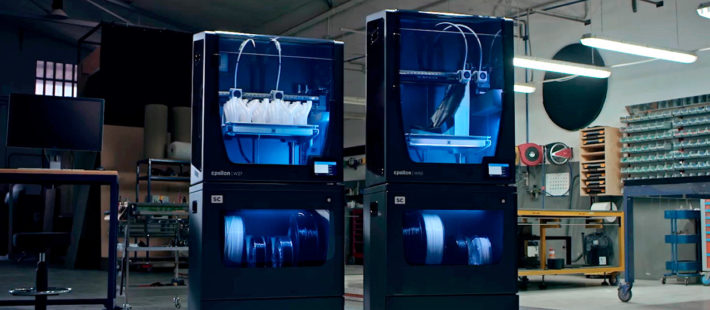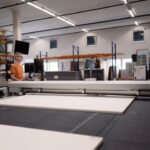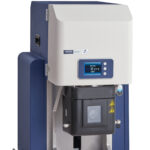

Fin dalla sua fondazione, Impact Acoustic ha perseguito un chiaro obiettivo: sviluppare e produrre soluzioni acustiche di alta qualità che soddisfino i più elevati standard di sostenibilità. Utilizza materiali come il PET e la cellulosa riciclati e, fin dal principio, ha completamente digitalizzato l’intero processo produttivo: all’interno del processo produttivo di Impact Acoustic, Zünd e le sue macchine da taglio automatiche digitali sono state tra i principali investimenti. E l’azienda non se ne è pentita neanche per un istante….

Hitachi High-Tech Analytical Science Corporation, società controllata da Hitachi High-Tech Corporation e specializzata nella produzione di strumenti di analisi e misura, ha lanciato NEXTA DMA200, un nuovo analizzatore termico, con una maggiore resistenza ed efficienza, che verrà utilizzato per lo sviluppo di materiali compositi avanzati e il controllo della qualità del prodotto….

Andy Sutton, ingegnere di produzione specialista nello sviluppo di materiali compositi all’avanguardia, ha lanciato Access Composites, una nuova realtà formativa che ha l’obiettivo di colmare una grave lacuna nel supporto accessibile e nella pianificazione aziendale, insegnando a tutte le organizzazioni, di tutte le dimensioni, come lavorare con i compositi in maniera efficiente …

Gli adesivi acrilici strutturali ARALDITE® 2080 e ARALDITE® 2081 di Huntsman, sono stati sviluppati per garantire un’elevata resistenza e una minore infiammabilità rispetto ai prodotti tradizionali a base metil-metacrilato. Per la maggior parte delle applicazioni, richiedono una preparazione minima della superficie e assicurano buone prestazioni di adesione su diversi substrati (plastica, compositi e metallo) insieme ad una rapida polimerizzazione a temperatura ambiente….

Il peso dei satelliti spaziali può rendere costoso il raggiungimento dell’orbita terrestre bassa (LEO). Se ne sono rese conto le aziende australiane che hanno dovuto fare i conti con i fornitori di lancio che fatturano i carichi utili al chilogrammo. È emersa quindi la necessità di utilizzare strutture più leggere, ma al tempo stesso robuste, per resistere in ambienti spaziali con temperature estreme….

